Home>Home Appliances>Laundry Appliances>When Do You Put Softener In The Washing Machine
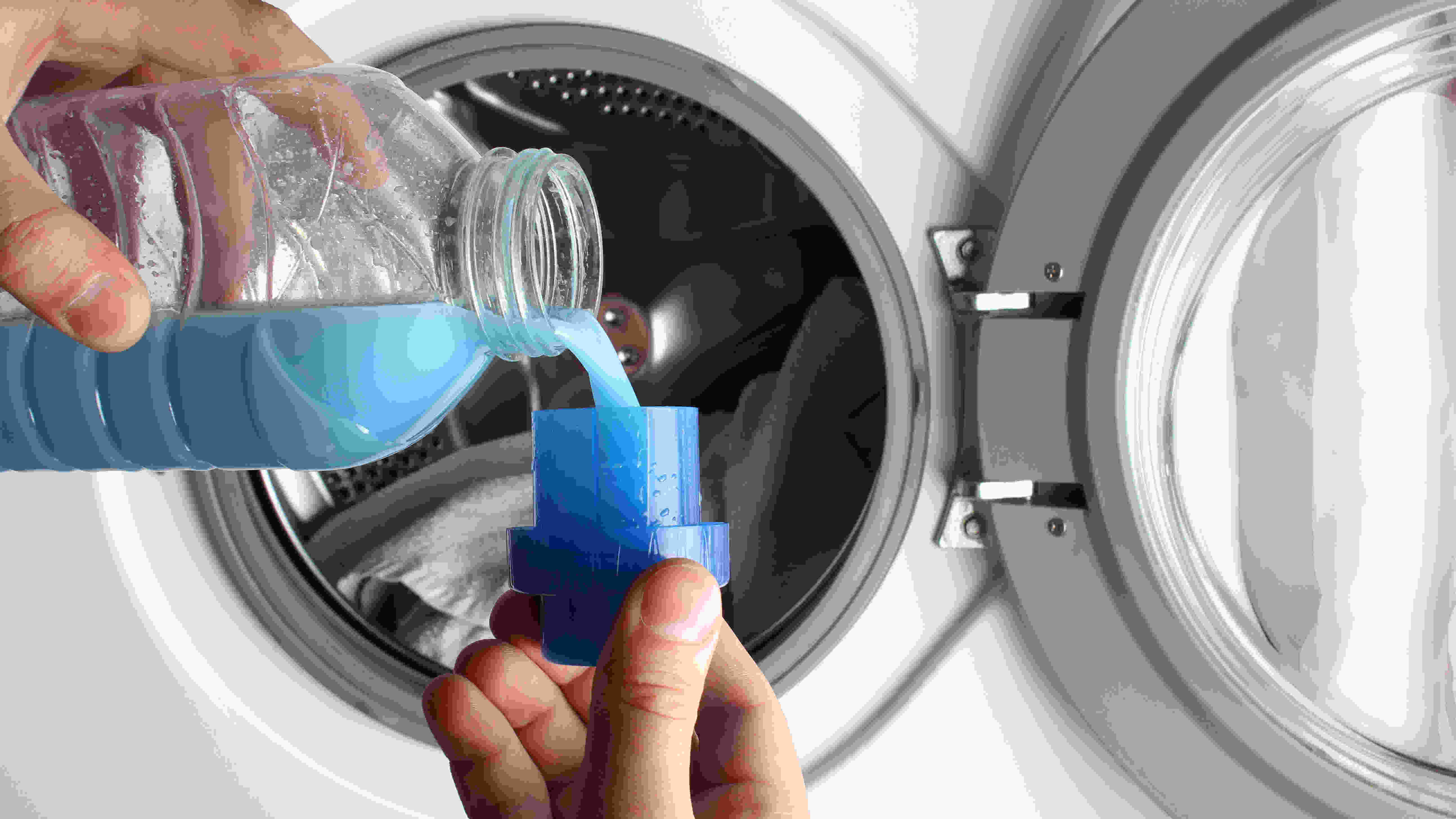

Laundry Appliances
When Do You Put Softener In The Washing Machine
Modified: October 27, 2024
Learn the best time to add softener to your washing machine for perfectly soft and fresh laundry. Find out the right method for laundry appliances.
(Many of the links in this article redirect to a specific reviewed product. Your purchase of these products through affiliate links helps to generate commission for Storables.com, at no extra cost. Learn more)
Understanding the Role of Softener in Laundry
Softener plays a crucial role in the laundry process, contributing to the overall cleanliness, appearance, and feel of your clothes. Understanding the purpose of softener can help you optimize its usage and achieve the best results for your laundry.
-
Softening Fabric: One of the primary functions of softener is to soften the fabric. During the washing process, detergent can cause the fibers in your clothes to become stiff. Softener works to counteract this effect, leaving your garments feeling smoother and more comfortable against your skin.
-
Reducing Static: Softener helps to minimize static electricity in your clothes. This is particularly beneficial for synthetic fabrics, which are prone to static cling. By using softener, you can prevent your clothes from sticking together and experiencing static-related issues.
-
Enhancing Fragrance: Many softeners are infused with pleasant fragrances that can impart a fresh scent to your laundry. This can be especially appealing for items like towels and bed linens, which benefit from a lingering, clean aroma.
-
Preserving Fabric Quality: Softener can help maintain the quality of your clothing by reducing wear and tear. By softening the fibers, it can prevent them from becoming rough and worn out over time, thus prolonging the lifespan of your garments.
-
Improving Absorbency: For towels and other absorbent fabrics, softener can enhance their ability to soak up moisture. This is particularly advantageous for items that are meant to be highly absorbent, as it ensures they remain effective in their intended use.
By comprehending the multifaceted role of softener in laundry, you can make informed decisions about when and how to incorporate it into your washing routine. This understanding empowers you to maximize the benefits of softener and elevate the quality of your laundry care.
Key Takeaways:
- Softener in the washing machine helps make clothes feel softer, reduces static, and preserves fabric quality. Add it during the rinse cycle for best results.
- Alternatives to liquid softener include vinegar, baking soda, wool dryer balls, aluminum foil, homemade fabric softener, and tennis balls. These options offer eco-friendly and customizable ways to achieve soft, static-free laundry.
The Best Time to Add Softener in the Washing Machine
Adding softener to your washing machine at the optimal time is essential for reaping its full benefits. The timing of softener addition can significantly impact its effectiveness in softening fabrics, reducing static, and imparting a pleasant fragrance to your laundry. To ensure that your clothes emerge from the wash feeling luxuriously soft and smelling delightful, it's crucial to understand the best time to introduce softener into the washing process.
Typically, the best time to add softener is during the rinse cycle of the washing machine. This stage occurs after the detergent has been thoroughly rinsed out of the clothes, allowing the softener to interact directly with the fabric without any interference from the detergent. By adding softener during the rinse cycle, you enable it to penetrate the fibers of the fabric, resulting in optimal softness and reduced static cling.
When the rinse cycle begins, the washing machine fills with water for a final rinse before spinning the clothes to remove excess water. This is the ideal moment to add the softener, as the water is in motion, facilitating the even distribution of the softener throughout the load. The agitation of the water helps to disperse the softener evenly, ensuring that each garment receives the desired softening effect.
It's important to follow the manufacturer's instructions regarding the amount of softener to use, as overuse can lead to residue buildup on the fabric. By adding the softener at the right time and in the correct quantity, you can achieve the desired softness and fragrance without compromising the integrity of your clothes.
For those using a washing machine with an automatic dispenser for softener, simply pour the recommended amount of softener into the designated compartment before starting the wash cycle. The machine will dispense the softener at the appropriate time, streamlining the process and ensuring that the softener is distributed effectively.
By understanding the optimal timing for adding softener to the washing machine, you can elevate the quality of your laundry care, ensuring that your clothes emerge from the wash feeling irresistibly soft, static-free, and infused with a delightful fragrance. Mastering the art of softener usage allows you to enjoy the full benefits of this essential laundry product, enhancing the comfort and freshness of your garments with every wash.
Tips for Using Softener Effectively
-
Follow Manufacturer's Guidelines: Adhering to the recommended usage instructions provided by the softener manufacturer is crucial for achieving optimal results. These guidelines typically specify the appropriate amount of softener to use based on the load size and water hardness. By following these instructions, you can ensure that the softener is utilized effectively without causing residue buildup on your clothes.
-
Dilute the Softener: For a more even distribution of the softener and to prevent direct contact with the fabric, consider diluting it with water before adding it to the washing machine. This dilution method can help prevent any potential staining or spotting on your garments while still providing the desired softening and fragrance benefits.
-
Add Softener Directly to the Machine: While some washing machines have automatic dispensers for softener, adding the softener directly to the machine during the rinse cycle can enhance its effectiveness. Pouring the softener into the machine during the rinse cycle ensures that it is distributed evenly throughout the load, maximizing its softening and static-reducing effects.
-
Consider the Fabric Type: Different fabrics may require varying amounts of softener. For delicate or lightweight fabrics, using a smaller amount of softener can prevent oversaturation and maintain the fabric's integrity. Conversely, heavier fabrics may benefit from a slightly larger amount of softener to achieve the desired level of softness.
-
Avoid Overuse: Using too much softener can lead to residue buildup on your clothes, diminishing their appearance and texture. It's essential to measure the recommended amount accurately and avoid exceeding the specified dosage. By exercising restraint in the use of softener, you can maintain the quality of your garments while still enjoying the benefits of softness and fragrance.
-
Clean the Dispenser and Machine: Regularly cleaning the softener dispenser and the washing machine itself can prevent any residual buildup that may affect the distribution of the softener. This maintenance practice ensures that the softener can flow freely and evenly during the rinse cycle, optimizing its performance.
-
Select the Right Softener for Your Needs: With a wide range of softeners available, consider selecting a product that aligns with your preferences and laundry requirements. Whether you prioritize a specific fragrance, hypoallergenic properties, or eco-friendly formulas, choosing the right softener can enhance your overall laundry experience.
-
Utilize Softener Balls or Capsules: For added convenience and precise dosing, softener balls or capsules can be utilized to dispense the appropriate amount of softener during the wash cycle. These accessories can streamline the process and ensure that the softener is evenly distributed, contributing to consistent softness and fragrance in your laundry.
By implementing these tips for using softener effectively, you can optimize its performance and elevate the quality of your laundry care. These practices enable you to achieve luxurious softness, reduced static, and delightful fragrance in your clothes, enhancing the overall comfort and appeal of your garments.
Alternatives to Liquid Softener in the Washing Machine
Exploring alternatives to liquid softener in the washing machine can offer effective solutions for achieving soft, static-free laundry without relying on traditional softening products. These alternatives present environmentally friendly, cost-effective, and customizable options that cater to diverse preferences and laundry needs.
Vinegar
Utilizing white vinegar as a natural fabric softener can provide remarkable results. Adding a small amount of white vinegar to the rinse cycle can effectively soften fabrics while helping to eliminate any lingering detergent residue. The mild acidity of vinegar also aids in reducing static cling, making it an excellent alternative for achieving soft, fresh-smelling laundry.
Baking Soda
Baking soda serves as a versatile laundry aid, offering both softening and odor-neutralizing properties. When added to the wash cycle, baking soda can help soften clothes while effectively absorbing any unpleasant odors. This natural alternative is particularly beneficial for individuals seeking a gentle, fragrance-free approach to achieving soft, clean laundry.
Wool Dryer Balls
Wool dryer balls are reusable, eco-friendly alternatives to liquid softener that can be placed in the dryer to naturally soften fabrics and reduce static. These balls work by gently agitating the clothes in the dryer, helping to fluff and soften the fabric fibers. Additionally, they can contribute to shorter drying times, making them an energy-efficient alternative for achieving soft, static-free laundry.
Aluminum Foil
Surprisingly, aluminum foil can be used to combat static cling in the dryer. By crumpling a sheet of aluminum foil into a ball and adding it to the dryer, you can effectively reduce static electricity in your laundry. This simple and cost-effective alternative offers a practical solution for achieving static-free clothes without the use of traditional softening products.
Homemade Fabric Softener
Creating a DIY fabric softener using natural ingredients such as essential oils, water, and vinegar allows for a customizable and eco-friendly approach to softening laundry. By blending these components in varying proportions, individuals can tailor the fragrance and softening strength of the homemade fabric softener to suit their preferences, providing a personalized alternative to commercial liquid softeners.
Tennis Balls
Tennis balls can serve as an unconventional yet effective alternative to liquid softener when placed in the dryer. The gentle bouncing motion of the tennis balls helps to fluff and separate the clothes, reducing wrinkles and promoting softness. This approach offers a practical and reusable solution for achieving soft, static-free laundry without the need for traditional softening products.
By exploring these alternatives to liquid softener in the washing machine, individuals can discover diverse and innovative methods for achieving soft, static-free laundry while embracing natural, cost-effective, and customizable approaches to fabric care. These alternatives present sustainable and tailored solutions that cater to a range of preferences, contributing to a more personalized and environmentally conscious approach to laundry care.
Frequently Asked Questions about When Do You Put Softener In The Washing Machine
Was this page helpful?
At Storables.com, we guarantee accurate and reliable information. Our content, validated by Expert Board Contributors, is crafted following stringent Editorial Policies. We're committed to providing you with well-researched, expert-backed insights for all your informational needs.
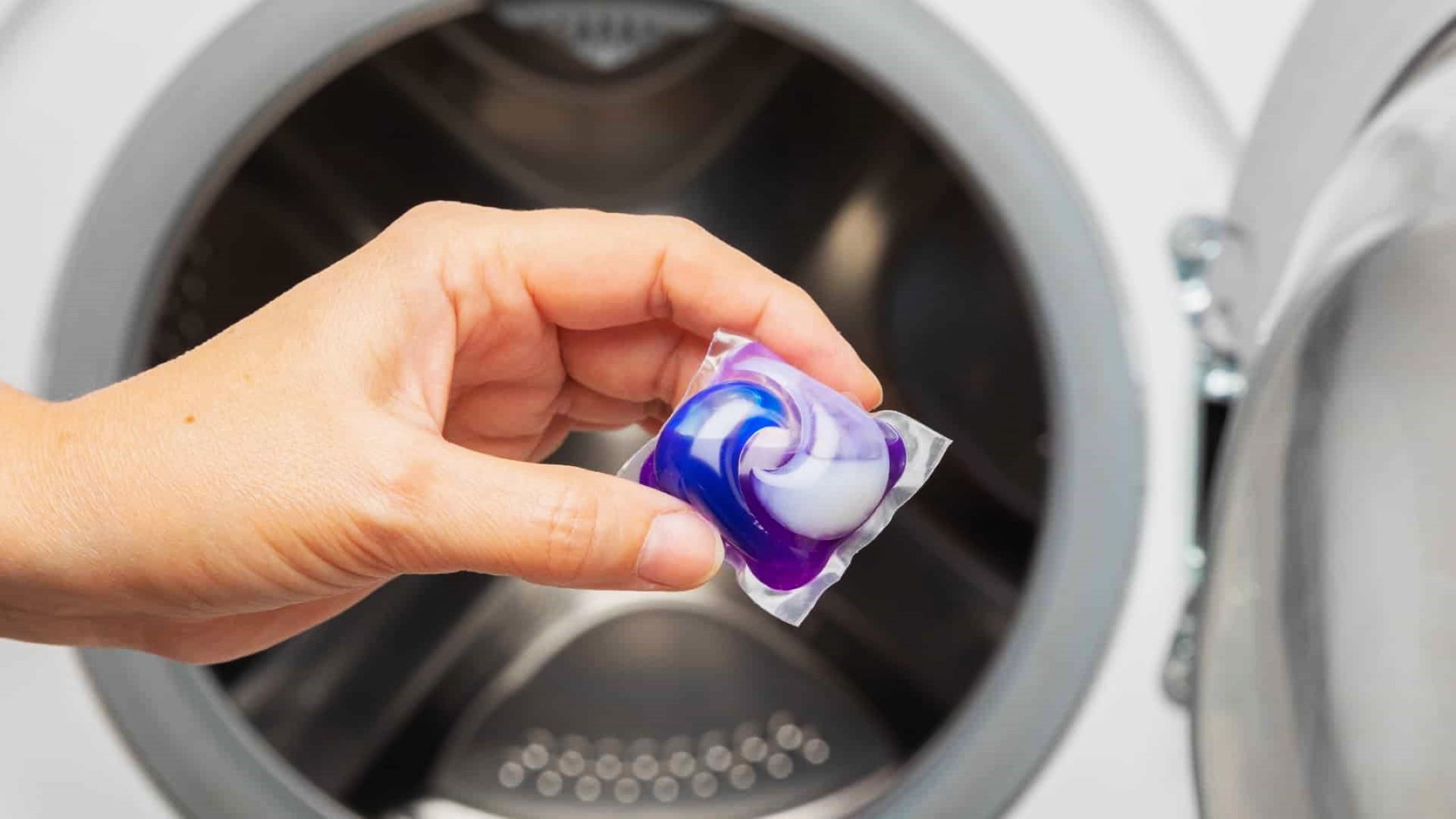
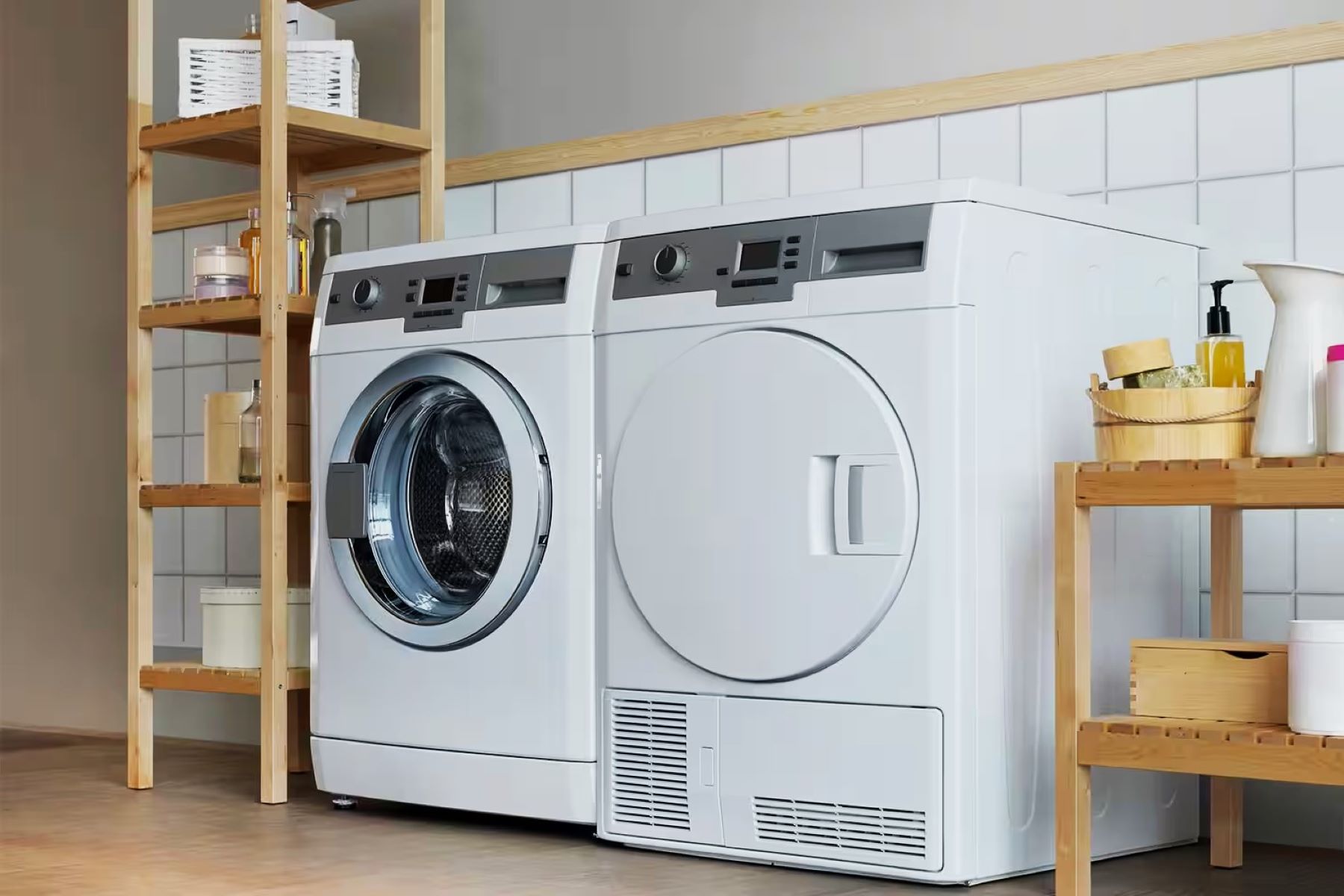
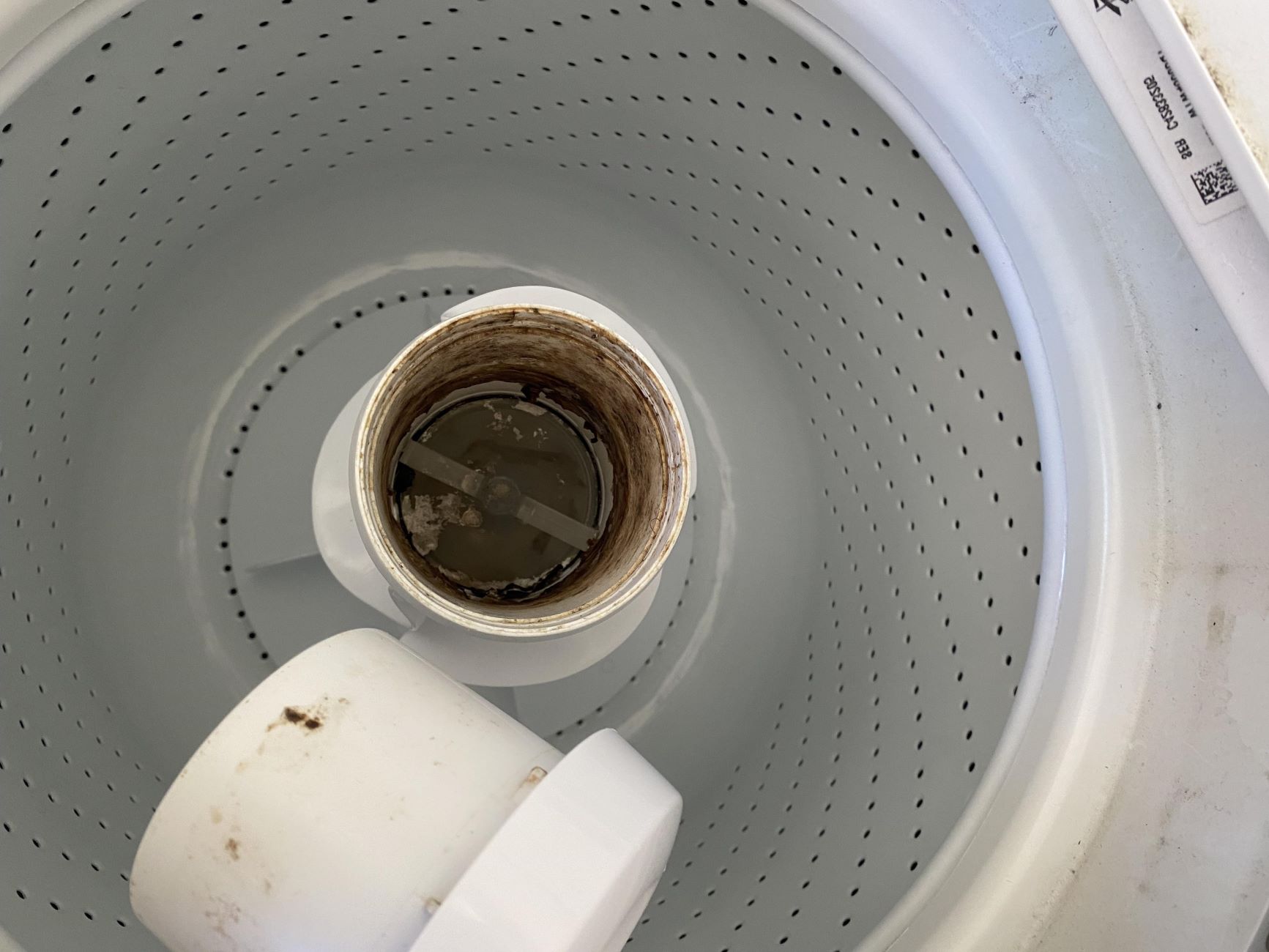
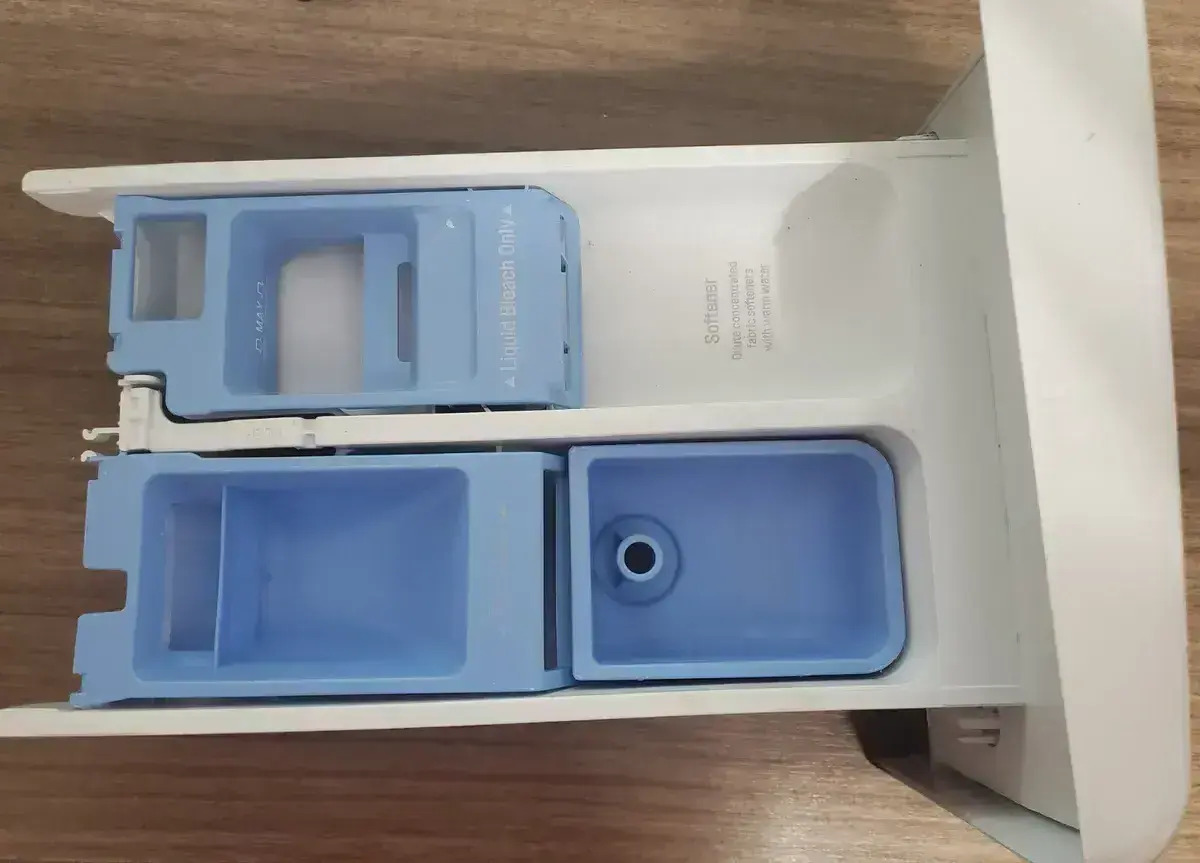
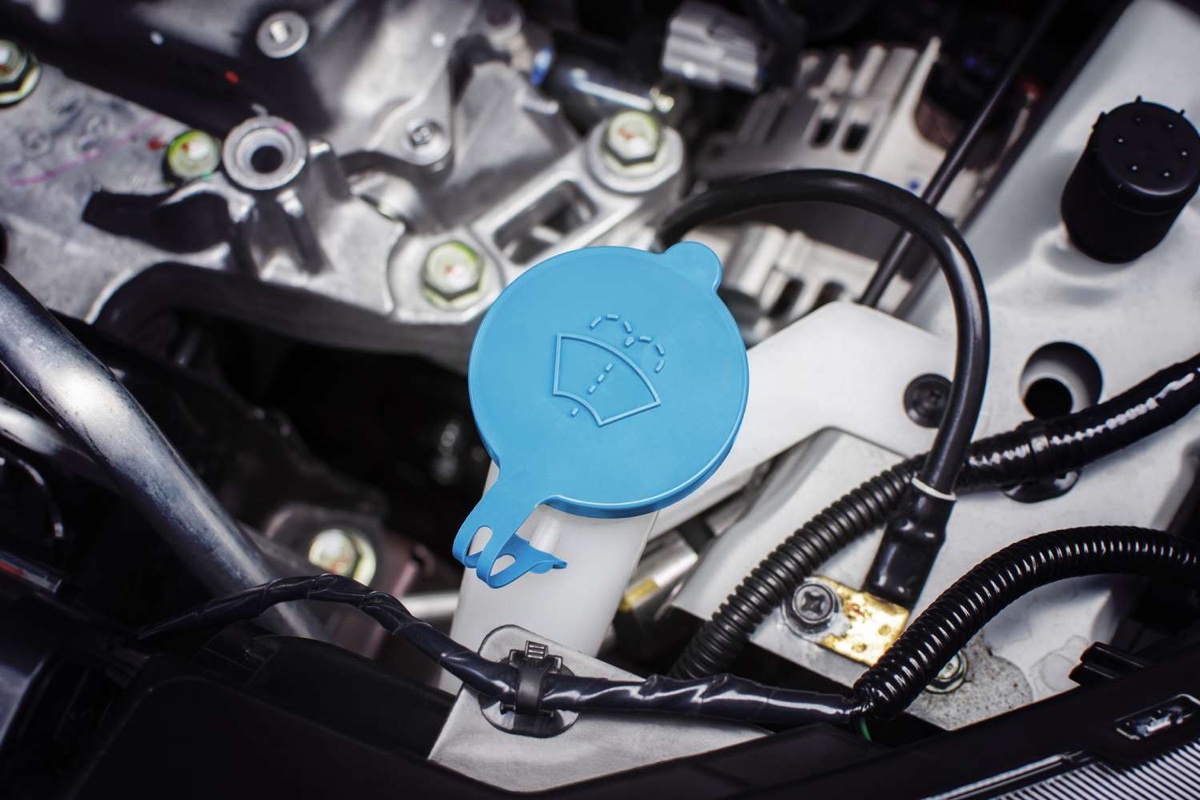
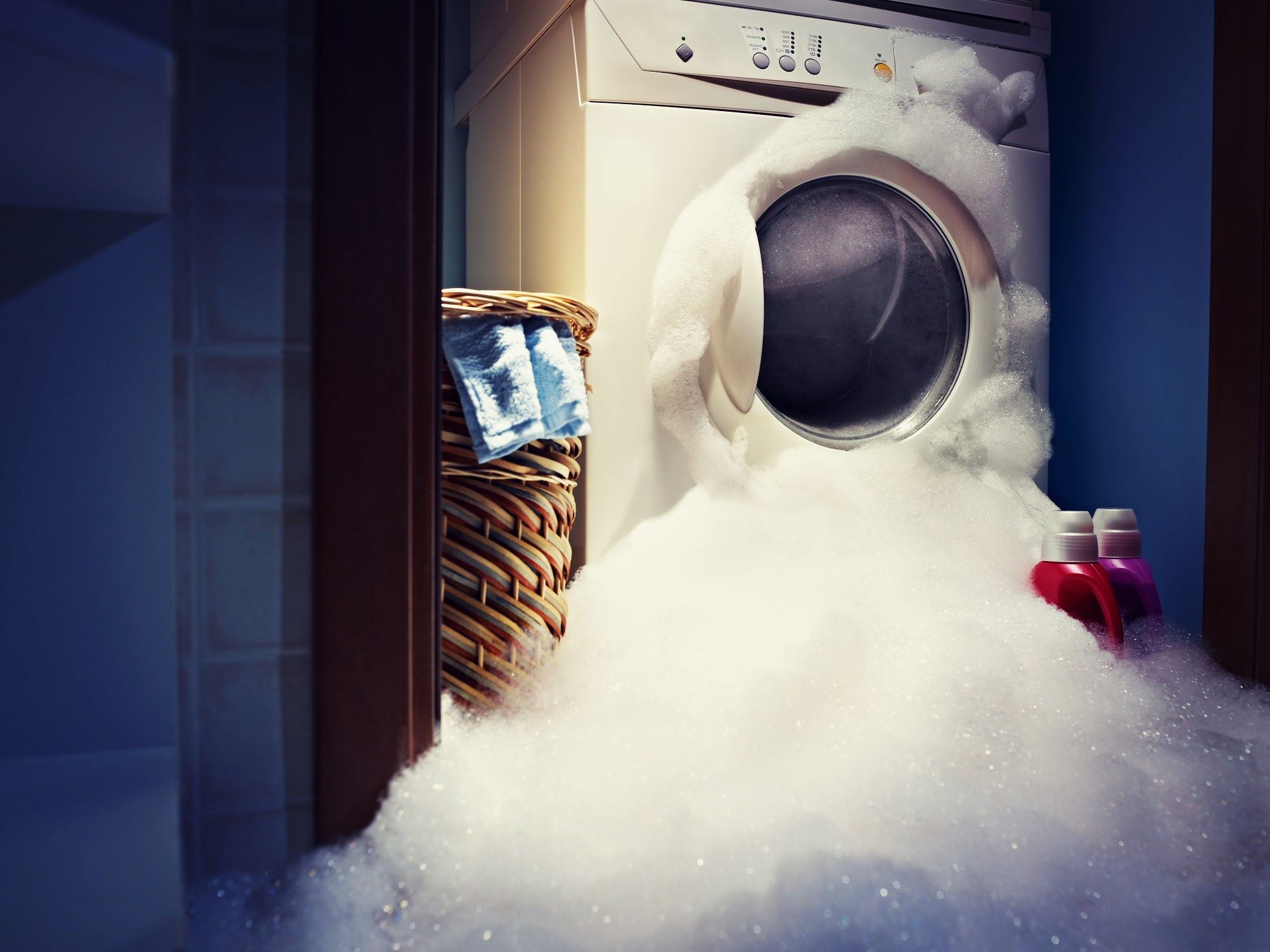
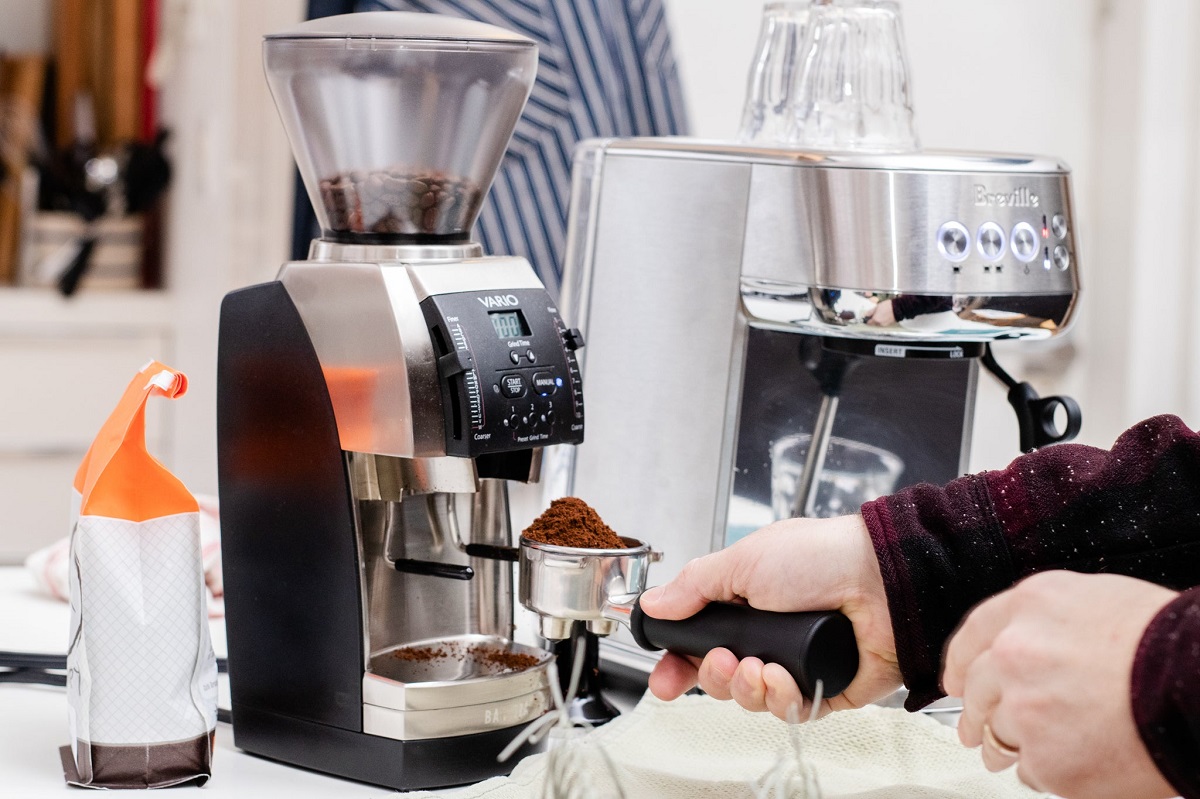
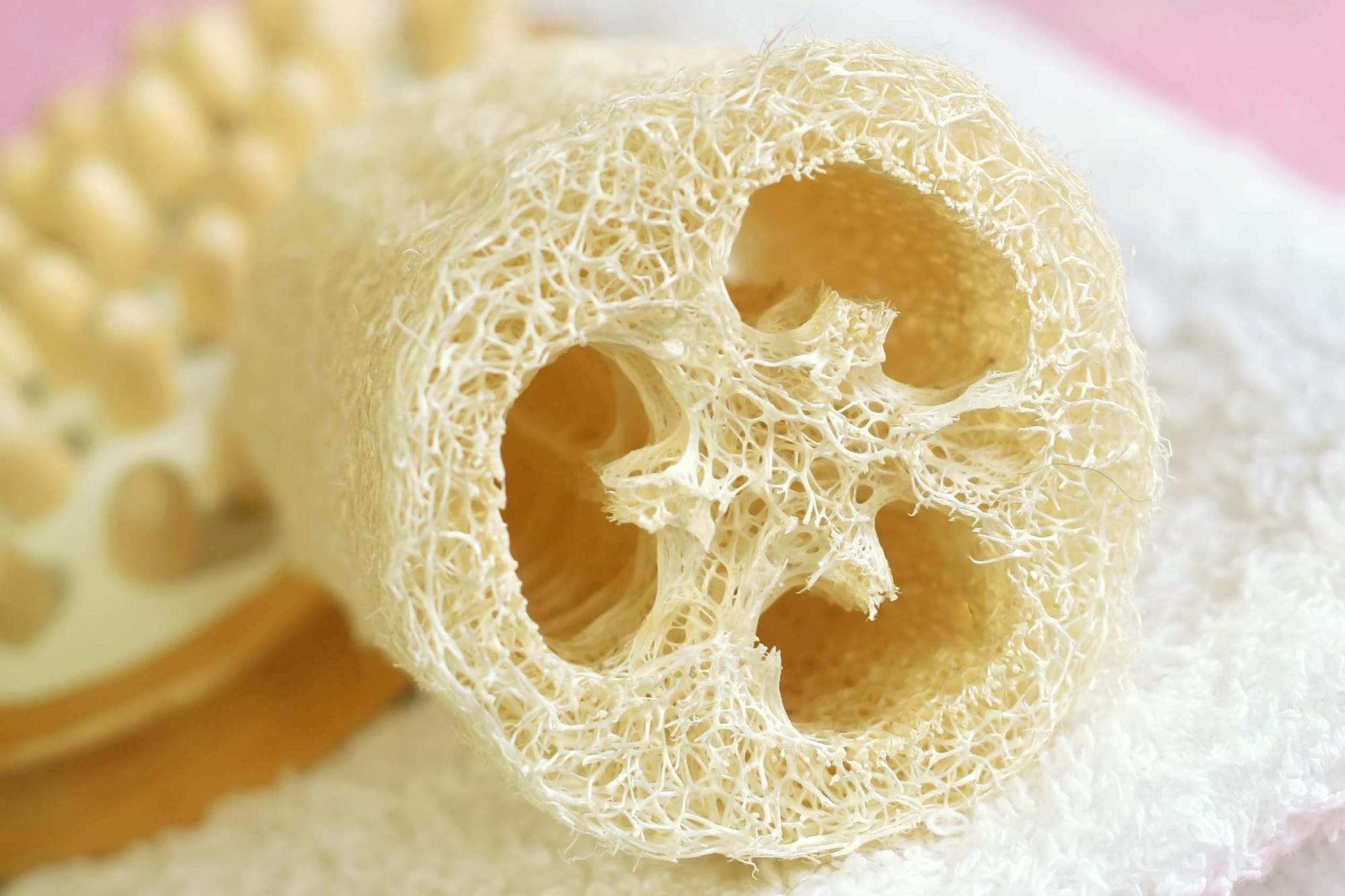
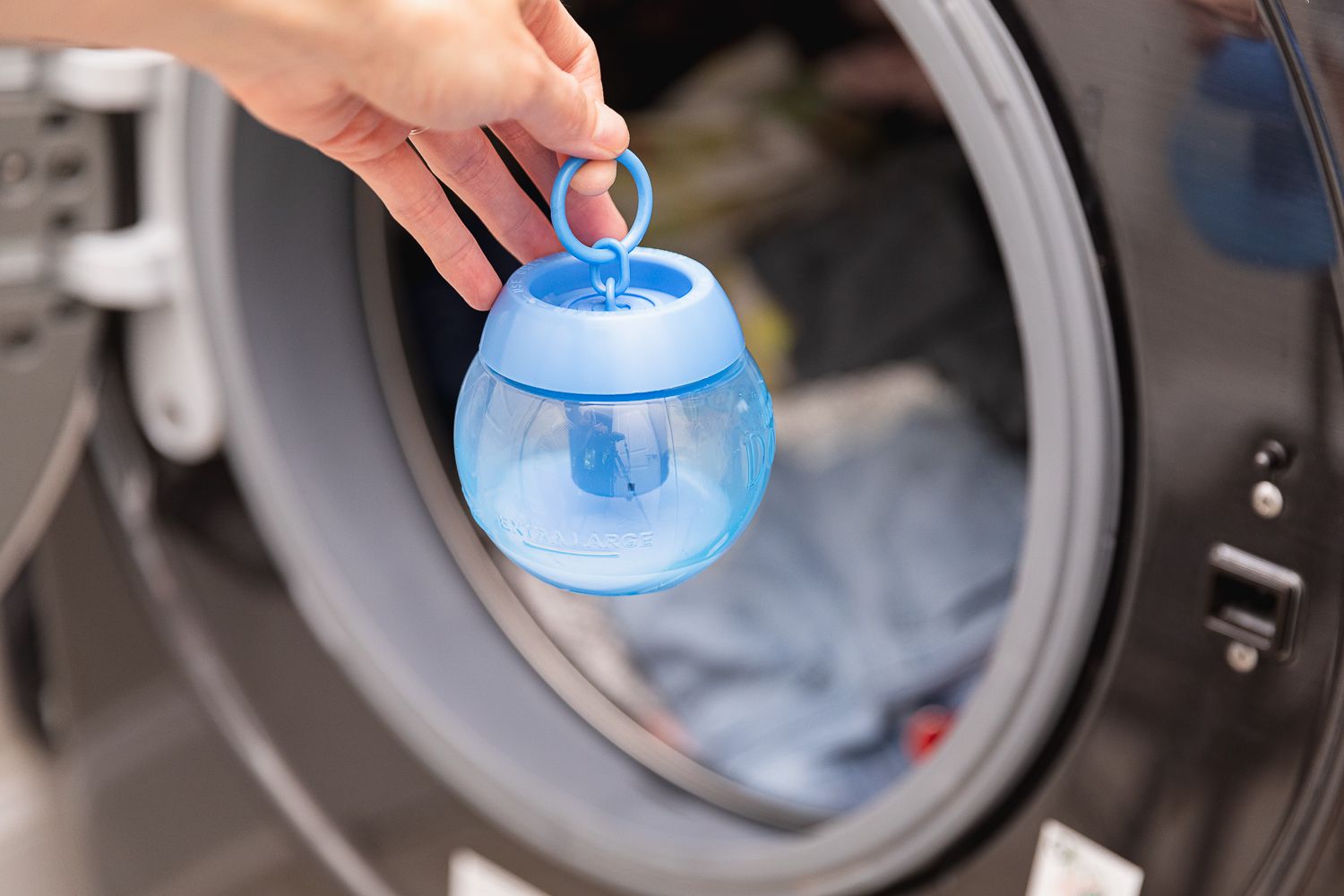
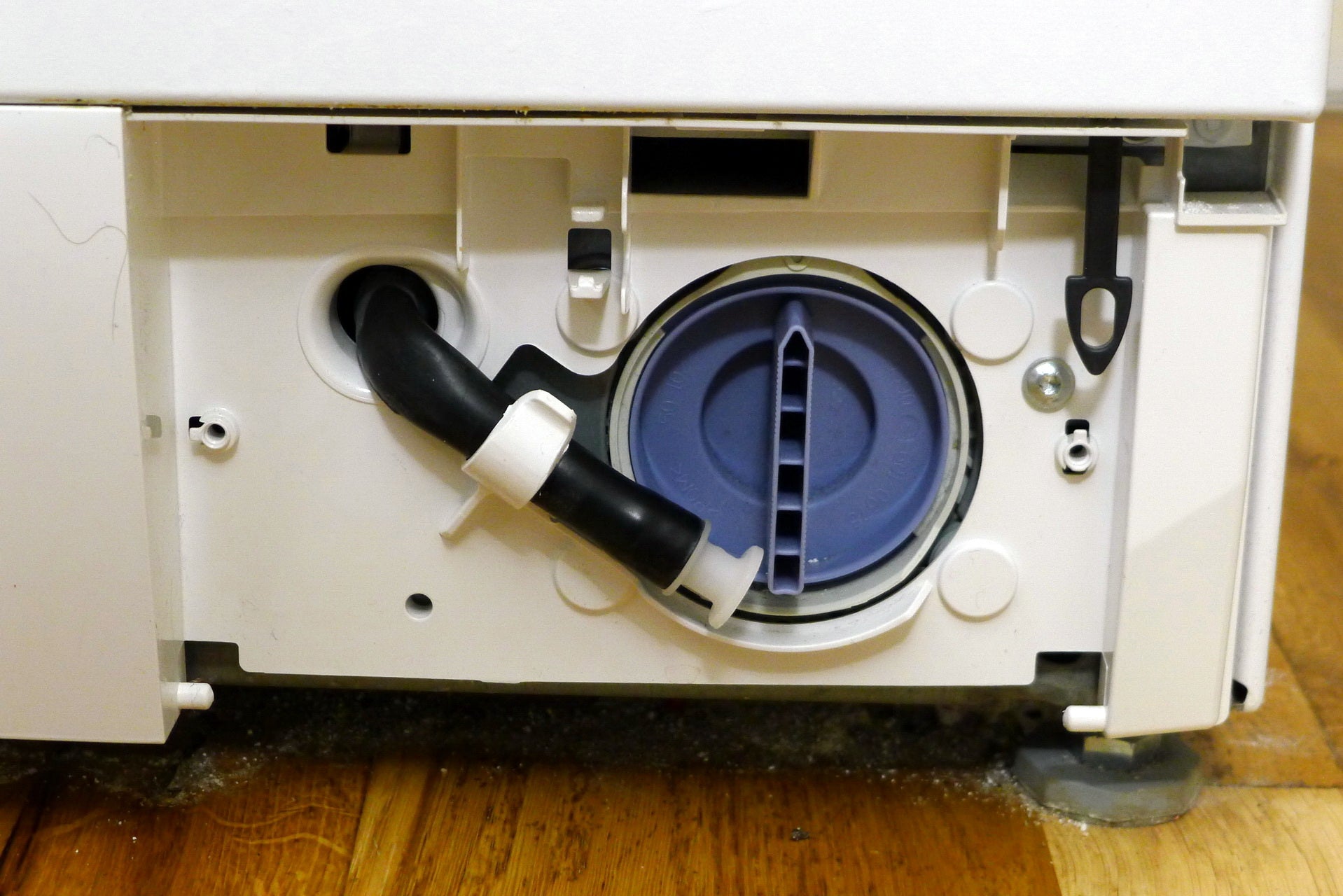


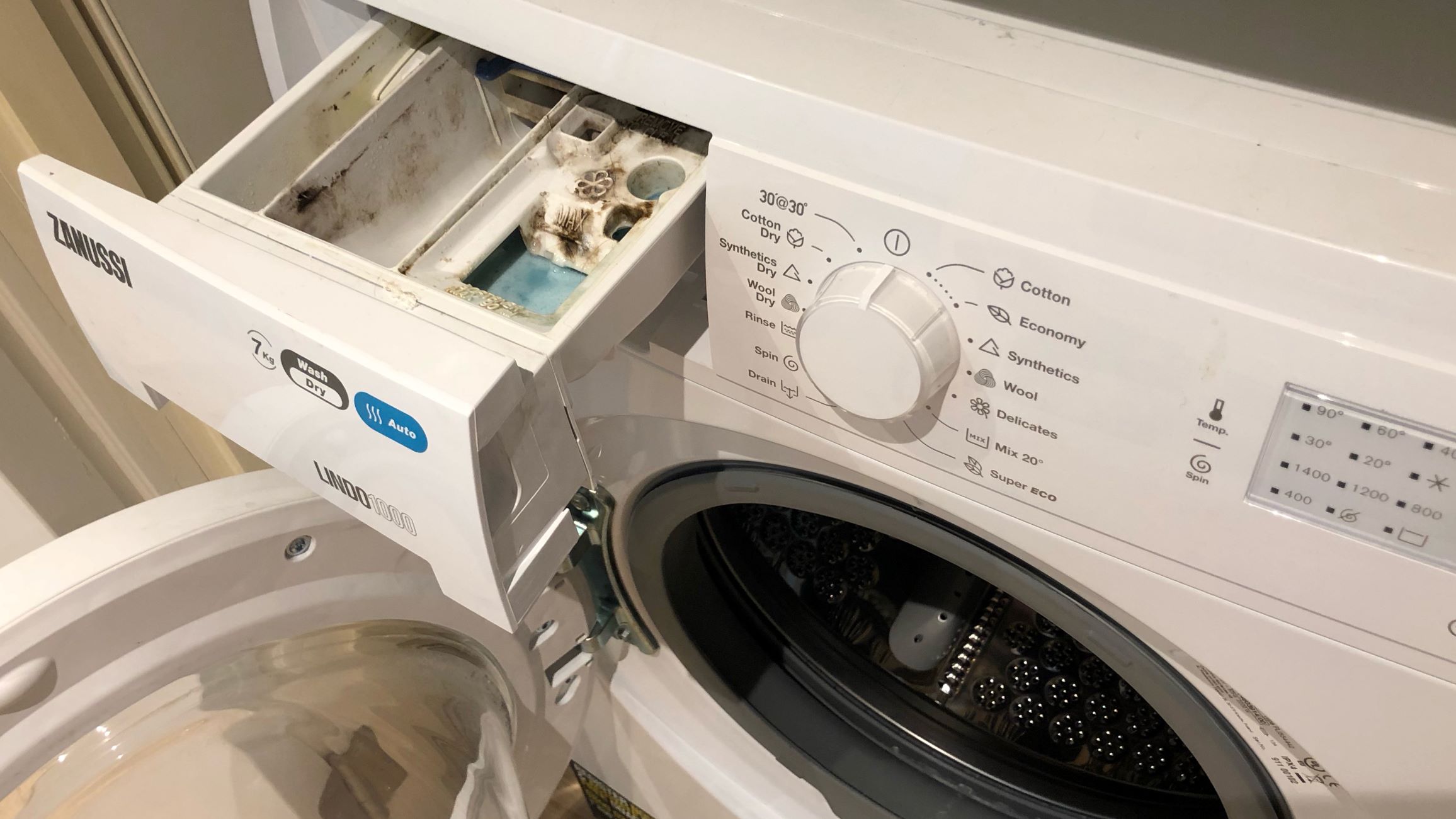

0 thoughts on “When Do You Put Softener In The Washing Machine”